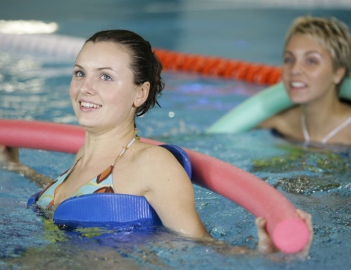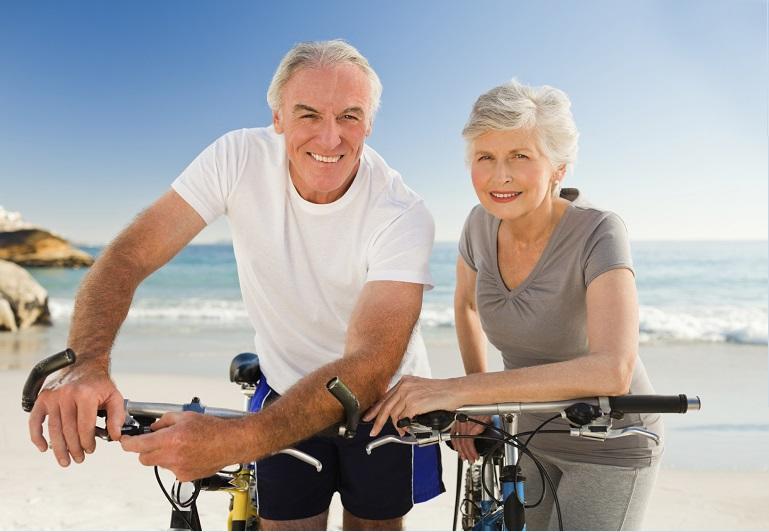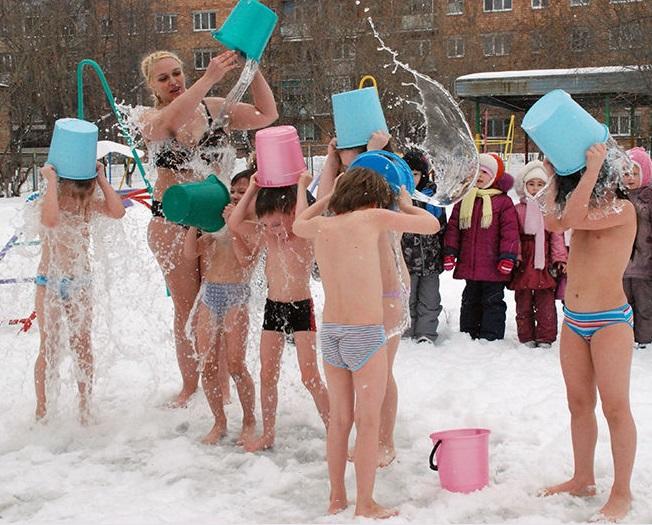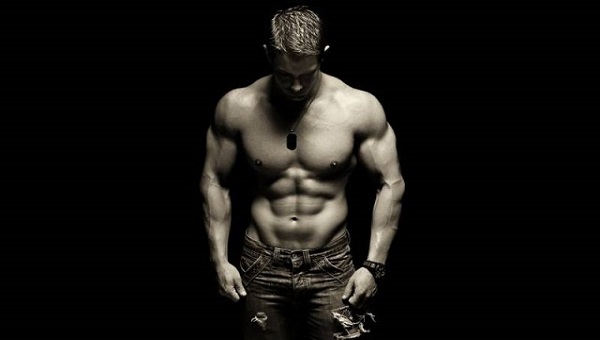How to develop flexibility?
 What determines the flexibility of a person? Is it important for athletes and ordinary fitness enthusiasts? Answers to these and many other questions regarding flexibility can be found in this article.
What determines the flexibility of a person? Is it important for athletes and ordinary fitness enthusiasts? Answers to these and many other questions regarding flexibility can be found in this article.
What is flexibility?
If various sports terms are omitted, then flexibility is the ability of the human body to make movements with a large amplitude. At the same time, the word “big” is understood to mean such a breadth of movement that exceeds the standard one performed in everyday life.
Flexibility classification
The main ones are classifications of types of flexibility according to the source of action and mode of manifestation. In the first case, everything is quite simple: if another person “stretches” you or you use additional equipment, then this is called passive flexibility, since you need power from the outside to get the desired result. This type is usually used in professional sports. Amateur athletes are often fans of active flexibility, that is, the ability to increase the amplitude of movements at the expense of their own muscles.
According to the way of manifestation, they release the general flexibility when it is easy to bend all the joints; dynamic – at which the amplitude increases during movement; static and special. The latter is used in professional sports when there is a need to improve the flexibility of a particular body area.
Factors Affecting Flexibility
All factors affecting flexibility are divided into internal and external. To begin with, we analyze external. These include time of day and air temperature.
The following conditions are considered ideal for the development of flexibility: evening, a room resembling a sauna.
This is explained by the fact that even minimal physical activity during the day can be considered a warm-up, and therefore by the evening the body is more ready for stretching exercises. In addition, the higher the air temperature, the easier it is to pull the joints and ligaments.
Another key external factor is warm-up. Many people think that a few exercises on flexibility themselves can serve as a warm-up, but if we are talking about training (45-60 minutes) specifically for developing flexibility, then warm-up is obligatory. It increases the effectiveness of training by 40-45%, and also helps to tune in to effective work.
Internal factors include human biological signs, such as genetics, gender, age, body type, and general health.
Previously, the question of the importance of genetics for flexibility was controversial, but modern research confirms that the capabilities of our body are in part really limited and depend on how flexible our ancestors were. Obviously, if they were famous for the ability to sit on the splits, then the likelihood that you too can grow. But it should also take into account the structure of the joints and the skeleton itself. The most mobile joints are spherical, but their flexibility may not be fully developed if there are bony protrusions that impede movement.
It is well known that girls bend better than men, as well as children are more flexible than people over 30. The first fact is not yet explained in terms of anatomy, but with the second, everything is clear: the skeleton of children and joints are not yet fully formed, but because they have more opportunities for development. At an older age, when the body is no longer growing, and physical activity is falling, flexibility is not so well developed.
The shape type also affects flexibility. So, people who are inclined to corpulence, it is easier to perform exercises for flexibility than those who by nature are tall and thin.
And finally, the overall health of the body. This factor is not leading, but occupies an important place for a number of reasons that may prevent you on the way to a flexible body. Fatigue, stress, fatigue activate passive flexibility, but at the same time reduce the active, so you should train in a cheerful mood.
Do I need to develop flexibility?
There is a widespread opinion that flexibility is needed not for everyone, but only for those who are engaged in dancing and gymnastics. But this is not true. Of course, not everyone should be able to sit on the splits without any problems, but the development of flexibility is the main component of a healthy lifestyle. The fact is that our joints are subjected to tremendous work every day and even every minute, and, unfortunately, even training and a correct way of life do not restore them. And flexibility and its development make it possible to improve the condition of the joints and to avoid such diseases as arthritis, arthrosis and so on.
But if flexibility is so important, there are a number of factors that are not amenable to our influence, such as genetics, age and gender, the question arises: is it possible to develop flexibility at all? The answer is simple – you can become flexible at any age. The most important thing is to practice regularly and remember that everyone has their own limits. In sports, this is called the “point”, that is, the maximum possible range of motion. The point can be moved and become more flexible.




